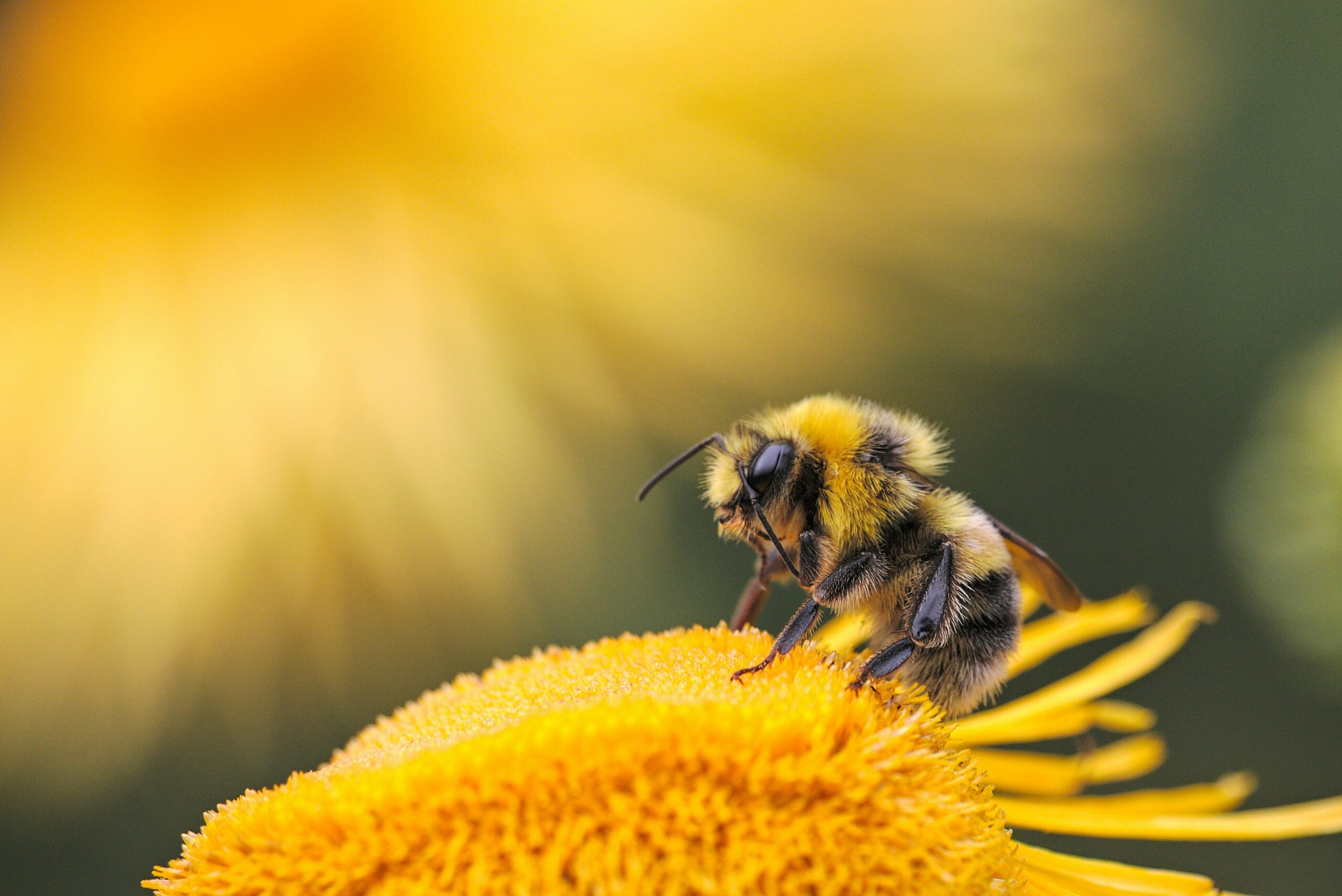In a groundbreaking discovery, scientists have found that honeybees possess the remarkable ability to detect the subtle scents of lung cancer. This revelation, published in the June 4 edition of Biosensors and Bioelectronics, highlights the potential of using honeybees as living sensors for early disease detection, offering a new, innovative approach to diagnosing lung cancer.
Debajit Saha, a neural engineer at Michigan State University, and his team have harnessed the extraordinary olfactory capabilities of honeybees to distinguish between the breath of healthy individuals and those with lung cancer. By connecting the brains of live bees to electrodes and exposing them to different scents, the researchers recorded distinct brain activity patterns — a unique neural fingerprint for each scent.
“It’s very clear — like day and night — whether [a bee] is responding to a chemical or not,” says Saha. The study’s findings demonstrate that bees can accurately differentiate between the breath of healthy individuals and that of lung cancer patients with a success rate of at least 93%.
Current electronic noses, or e-noses, lack the precision and sensitivity of biological systems. “Biology has this ability to differentiate between very, very similar mixtures, which no other engineered sensors can do,” Saha explains. This inherent advantage of biological systems underscores the potential of using bees in clinical settings.
The researchers performed delicate brain surgeries on the bees, securing them in 3D-printed plastic harnesses and attaching wires to the olfactory processing region of their brains. Puffs of air containing various scents were then delivered to the bees’ antennae, and their neural responses were recorded.
In addition to synthetic breath samples, Saha’s team tested air from lung cells grown in the lab. The bees could distinguish between healthy cells and cells of both small-cell lung cancer and non-small cell lung cancer.
This innovative approach builds on the established idea that animals can detect diseases through scent. While dogs have been shown to identify COVID-19 and melanoma through smell, bees offer a faster and more direct method by bypassing the need for behavioral training.
Although the bee brain device has limitations, such as a short operational lifespan of just a few hours, it provides real-time results and can analyze over 100 samples with a single bee brain. This rapid and efficient detection method holds significant promise for future clinical applications.
Saha’s team is also exploring the bees’ ability to detect other trace scents, such as those emitted by perfluoroalkyl and polyfluoroalkyl substances (PFAS), commonly known as forever chemicals. “That actually blew my mind,” Saha remarks, highlighting the broad potential of this technology.
The next step for the researchers is to test the breath of actual cancer patients, moving closer to practical, real-world applications of this exciting discovery.































